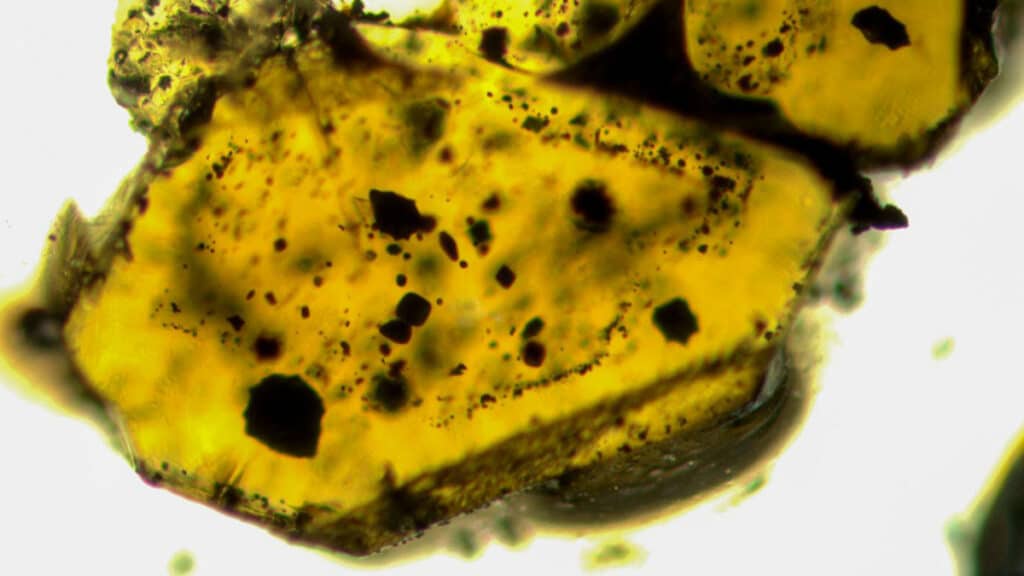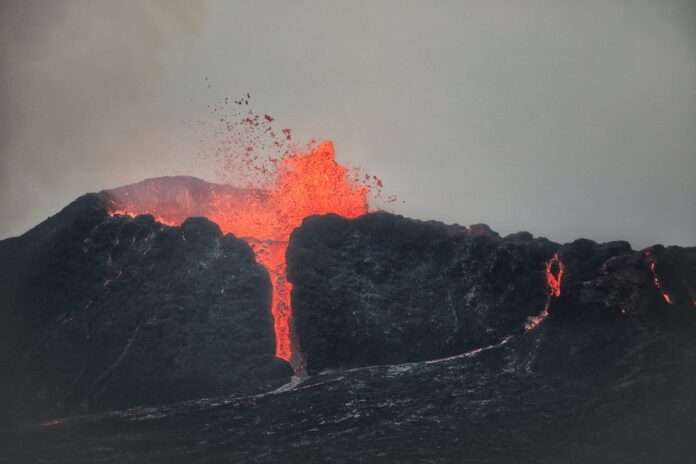One of the most important challenges in modern volcanology studies is constraining the depth of magmatic reservoirs that supply and sustain eruptions. However, commonly used methods such as mineral-melt barometry have relatively low precision and accuracy.
In recent years, scientists have searched for ground deformation near active volcanoes using satellite imaging, earthquake data, and GPS. Still, such methods can be unreliable in determining magma storage depth.
Cornell University scientists suggest that by finding microscopic, carbon dioxide-rich fluids encased in cooled volcanic crystals, they can accurately determine where magma is located within one hundred meters. They even have uncovered specific, microscopic clues to where magma is stored.
Esteban Gazel, professor of engineering and lead author of the study, published in Science Advances, said, “A fundamental question is where magma is stored in Earth’s crust and mantle. That location matters because you can gauge the risk of an eruption by pinpointing the specific location of magma instead of other signals like a hydrothermal system of a volcano.”
“Speed and precision are essential. We’re demonstrating the enormous potential of this improved technique in terms of its rapidity and unprecedented accuracy. We can produce data within days of the samples arriving from a site, which provides better, near real-time results.”

During a volcanic eruption, magma flows onto Earth’s surface, erupting as lava. When deposited as part of the fallout of the eruption, fragmented fine-grained material — called tephra — can be collected and evaluated.
Since the carbon dioxide density of these inclusions is controlled by pressure, Gazel and Ph.D. student Kyle Dayton discovered how to use inclusions of carbon dioxide-rich fluids trapped within olivine crystals to identify depth precisely.
The depth of the scorching reservoir and how deep the magma was stored can be immediately determined using an instrument by measuring these fluids.
Journal Reference:
- Kyle Dayton, Esteban Gazel, Penny Wieser, Valentin R. Troll, Juan Carlos Carracedo, Hector La Madrid, Diana C. Roman, Jamison Ward, Meritxell Aulinas, Harri Geiger, Frances M. Deegan, Guillem Gisbert, Francisco J. Perez-Torrado. Deep magma storage during the 2021 La Palma eruption. Science Advances, 2023; 9 (6) DOI: 10.1126/sciadv.ade7641
